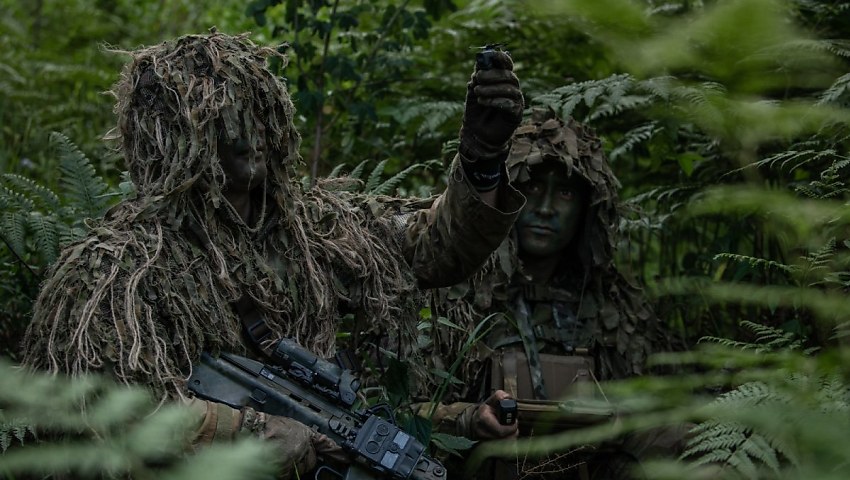The world has witnessed countless successful strikes by Ukrainian and Russian loitering munitions in the ongoing Ukraine War in Europe.
The relatively new addition of low-cost and lightweight aerial weapons fitted with built-in explosives have arguably shown only a glimmer of their true potential to international militaries and the future of modern warfare.
The as-yet fairly untapped strategic value of such munitions for export or use by military personnel should be a key priority under consideration for the Australian Defence Force as it moves forward with military modernisation under the newly released Defence Strategic Review.
Australia has already been involved in the development of DefendTex’s Drone40, a grenade launcher-fired loitering drone, as well as the adoption of the PD-100 Black Hornet Nano unmanned aerial system for reconnaissance use by Australian Army units. Despite this, a standard-issue hand-thrown or fired explosive-filled combat drone has failed to eventuate for the ADF.
Such a remote-controlled combat drone could mimic Ukraine War missions to strike infantry troops on the battlefield, be guided into logistics vehicles or supply lines, counter-artillery strikes, search and destroy anti-armour missions or likely soon, act as an airborne guided cluster munition or remote landmine layer behind entrenched enemy lines.
In June this year, the US Marine Corps force restructuring plan, Force Design 2030, detailed the increasing prevalence and effectiveness of such systems.
“Lethal, low-cost, highly proliferated technology provides a reverse offset that can potentially generate an outsized warfighting advantage,” the report said.
“Simply put, platforms that cost thousands of dollars can defeat platforms that cost millions of dollars.
“Presently in the Russia-Ukraine conflict, UAS platforms and loitering munitions routinely defeat armour and fighting positions with top-down attacks.
“Formations across the total force must capitalise on technological advances to evolve from a ‘platform-centric’ to a ‘capability-centric’ approach, where intelligent robotics and autonomous systems are employed by trained specialists who contribute to all-domain operations.
“We are investing heavily in the next generation of research, development, test, and evaluation efforts for the Marine Corps, placing emphasis on resilience, the future of contested logistics, Marine aviation, CJADC2, and persistent sensing. In fact, with the support of the Office of the Under Secretary of Defense for Research and Engineering, we will begin the Long-Range Attack Munition project to rapidly develop and field a low-cost, air launched family of loitering, swarming munitions.”
Portable loitering munitions have a number of significant advantages over missiles, unguided rockets and infantry mortars. Drones are significantly cheaper, easier to carry, difficult to detect by radar, can be programmed to independently hit GPS coordinates, provide reconnaissance, and in some cases, have a “wave off” ability to abort before impact.
It’s time the ADF considered handing out rifle and loitering munition side-by-side for every frontline soldier as an indispensable and immediate low-cost resource to small ground force units, a resource that’s always available when protective assets like fighter jets, helicopters or larger long-range drones are inaccessible or require lengthy deployment time. Not to mention the pre-flight and after-action maintenance requirements for larger “call-in” assistance from aircraft and other assets.



